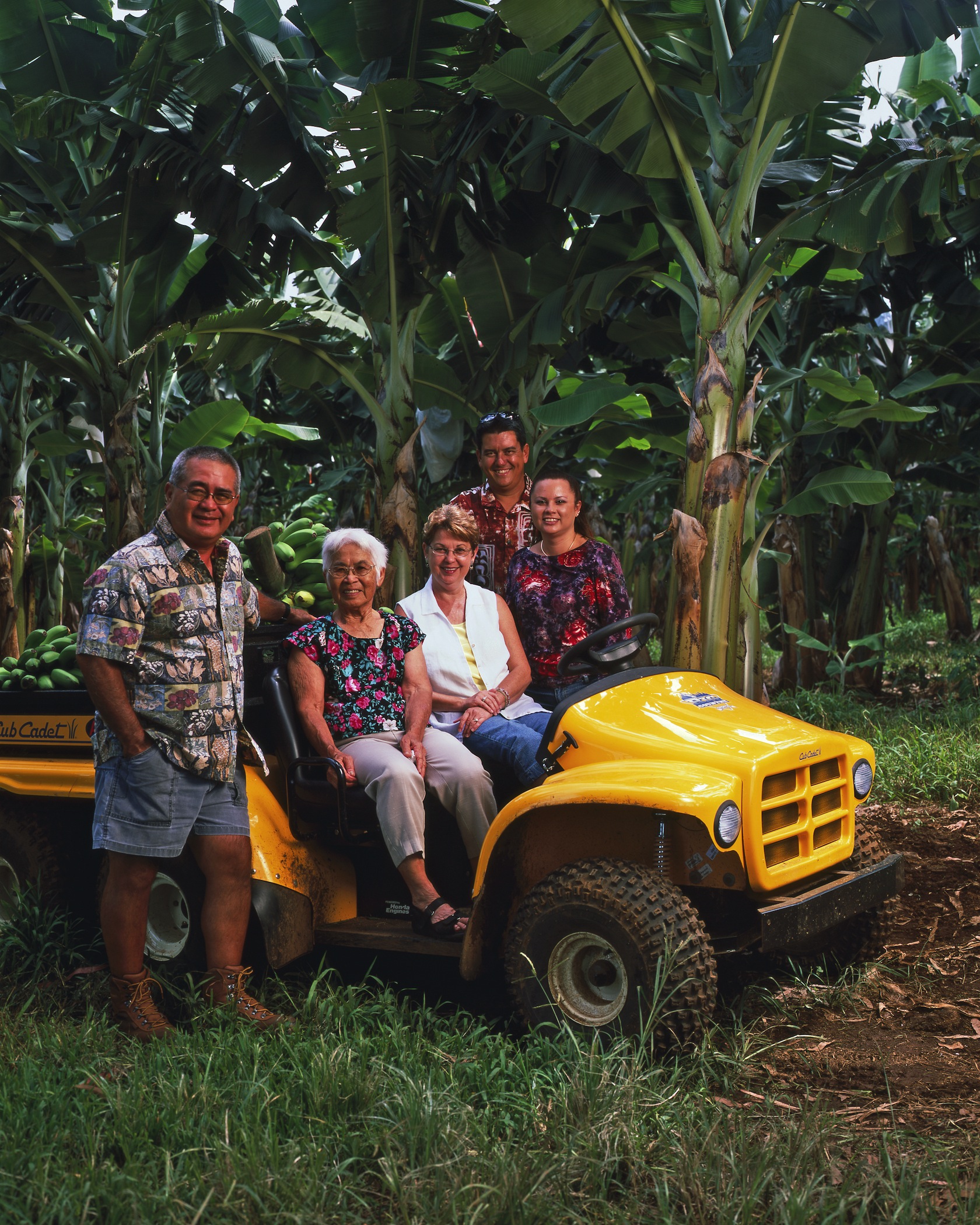When Indiana Jones isn’t busy trying to keep Nazis from recovering the Ark of the Covenant, saving children from bloodthirsty cults or seeking the Holy Grail, what does he eat?
Why sweet, fresh Hamakua Springs vegetables, of course. After all, a guy’s gotta keep up his strength and his spirits.
[Leslie’s full disclosure: I’m about to bring my brother into this story.]
Steven Lang just finished working as Personal Chef for the Indiana Jones actor Harrison Ford and his girlfriend, the actress Calista Flockhart, when they were recently in town.
They were here because Harrison Ford was filming part of his fourth Indiana Jones movie in Hilo, which was standing in for a Southern American rainforest. The town buzzed a little; but only a little, because we’re pretty laidback here in Hilo. Steven Spielberg, George Lucas, Cate Blanchette, John Hurt – there were some pretty high-powered people roaming around our sleepy little bayfront town.
Steve called both Harrison and Calista ahead of time, in Los Angeles, to discuss their food likes and dislikes, and he learned they are healthy eaters who like to eat fresh fish and other fresh foods.
So when gathering up his ingredients, one of the first places Steve hit was Hamakua Springs.
Steve had signed a non-disclosure agreement, so all they knew at the farm was that he had some big catering job. Charlotte told me everybody knew the movie people were in town, and that Richard kind of guessed Steve was cooking for some of them.
“But Steve didn’t take enough for the whole film crew,” she said, “so I hoped it was for Harrison Ford, because I’d heard he was already here.”
She loaded Steve up with tomatoes and lettuce, and then she went to a greenhouse where they grow specialty vegetables for Chef Alan Wong.
This isn’t really Charlotte creeping through the jungle to the greenhouse. It IS her with her Indiana Jones hat on, though. I made her pose for this picture.
“We had some extras and I pulled them right out of the greenhouse,” she said. “Our bright red beets that have a target design inside, and some baby carrots which are different colors: purple, ‘atomic red,’ and rainbow, which is a blend of yellow, white and orange.”
“I handed them to Steve and told him I hadn’t even washed them yet,” she said, “and he said that was okay because they’d know they were fresh.”
Harrison and Calista stayed in a rented private home located up above the farm. Steve told me he pointed out Hamakua Springs from the lanai, in order to show them how fresh their vegetables were. “These were picked this morning from that farm right there,” he showed them.
Harrison was interested in all the agriculture he noticed, and asked Steve about it. Steve told him about the island’s transition from a sugar plantation economy to one of diversified agriculture.
Maybe we should have finagled Harrison Ford a tour of Hamakua Springs Country Farms. Shoot—a missed opportunity.
Charlotte said she thought it was cool when she learned, after the job was over, that the produce was indeed for Harrison Ford. “Raiders of the Los Ark is one of my favorite movies of all time,” she told me. “My sister and I were always giddy over him.”
“Very cool, very cool,” she said. “It appeals to me that our vegetables would appeal to him. He’s not just any actor—he’s Indiana Jones!”
Steve said it was interesting walking around in that film world for a couple weeks, and that the job went well. “They are really, really nice people,” he said, “and they raved about the food.”
Must have been those vegetables.

